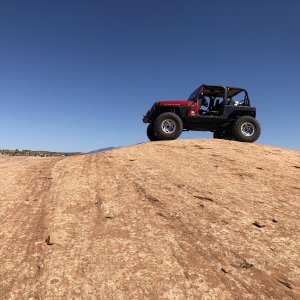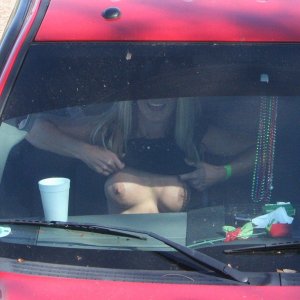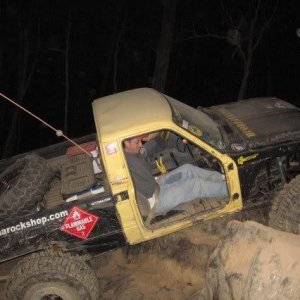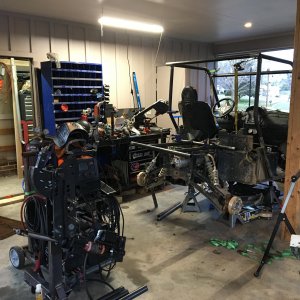After reading your post a few things come to mind. You did not advise if you are running single or dual mixers or if the mixer has been adjusted already. If it has a single mixer you are going to run out of airflow around 3800 rpm meaning the mixer is operating at peak capacity most of the time on an engine that size. A single mixer on that size engine does not have enough flow to keep it in the lower flow range where the economy is. The idle setting is a separate adjustment on the side of the mixer and the power setting is in the middle of the housing. The idle mixture is set after the timing is set properly. The power mixture should not be changed unless you have access to an exhaust gas sensor while tweaking. The power mixture is flow tested and preset at IMPCO when built and adjusted for the best compromise between economy and power. You can get more horsepower by adjusting it but normally you need to be on a dyno to get it right.
The timing numbers you quoted are too high for a propane engine and can make it "fight" itself internally and use excess fuel in the process. It was not mentioned what compression ratio the engine has but that plays into the situation as well. It is best to remember that propane has a higher octane than pump gas but the burn characteristics are completely different. Gasoline requires more timing for higher octane due to the slower ignition of the fuel. Gasoline enters the engine as a droplet of liquid fuel, then is compressed in the cylinder where it is heated and vaporized and at that point is ready to ignite. Propane is not that way. It enters the cylinder as a vapor and is ready to burn immediately and needs zero compression to ignite. It only needs a spark of correct strength. Below are the general guidelines for setting the timing on about any propane engine. There are some exceptions to these guidelines such as fast burn heads, extremely high compression or poor cooling system.
On most applications, the timing should be a total of 30 degrees(base and centrifugal) with all of it in by 2500 rpm. What we normally do is disconnect the vacuum advance, run the engine up to 2500 rpm, set the timing at 30, lock it down, then let it idle with the vacuum advance disconnected. See what your base timing is running. If it is low,4-10 degrees for example, you can alter the centrifugal to lower that number and increase the base, still keeping a total of 30 degrees. As you increase the base timing check to see if the engine spins and starts smoothly when hot. If you reach a point that the engine bucks or loads the starter, back off about 3-4 degrees and that is your base timing. Subtract that number from 30 degrees and that will be the advance you need to have. This will provide a good start, strong idle and proper advance curve. We have had some engines run as much as 20 degrees base timing but 14-16 degrees is normal. The vacuum advance should be connected to ported vacuum and have no more than 10 degrees. This helps fuel economy at light throttle positions.
__________________
Propane Systems: Buddy: 877-403-7827









![PICT2626 [600x600].JPG](http://attachments.www.hardlinecrawlers.com/xfmg/thumbnail/32/32411-362fee750531d266c89156fdb55414c2.jpg?1683574008)
